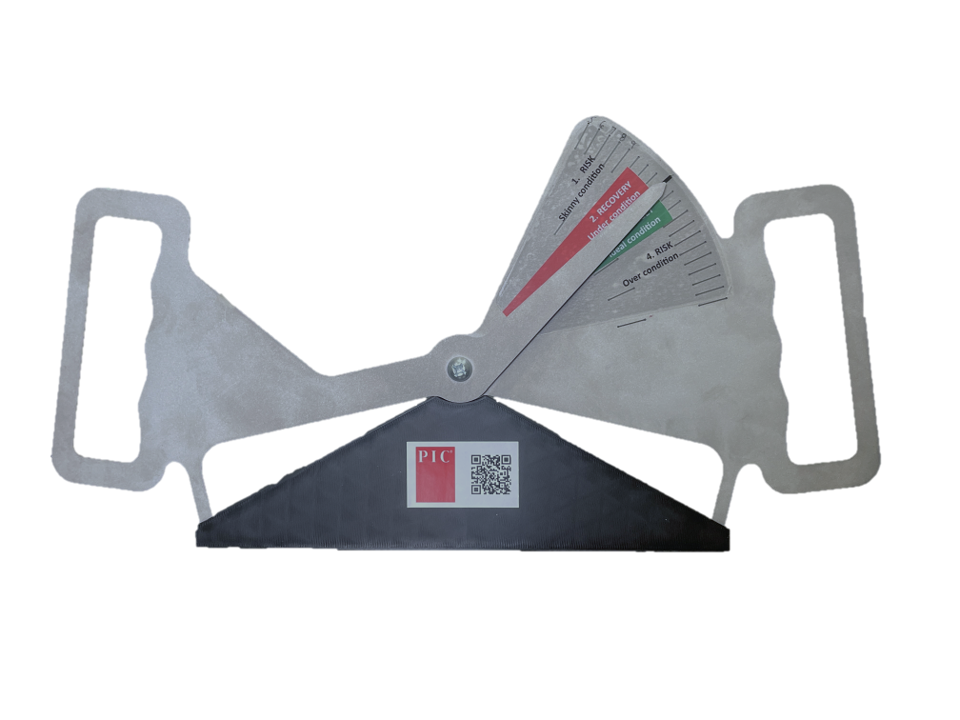Preparing the next replacements for your sow herd
Reviewing the basics and fine-tuning your swine management practices will help you raise the best replacement gilts possible. A proven gilt development program is crucial because it has a direct effect on reproductive performance and the overall success of the sow herd. Gilts are the future of your swine herd, from both a genetic and financial standpoint. You’ve invested a lot in these animals, and there are no shortcuts to success.
Developing Full Value Gilts helps to:
- Provide a robust gilt pool for selection and breeding
- Meet pig throughput targets
- Improve subsequent sow reproductive performance
- Maximize sow longevity
- Impact future body condition of the herd with uniformity in gilt groups
Calculating a proper sized gilt pool

A proper sized gilt pool will help ensure that you have an adequate number of gilts to breed when the time comes. Remember, breeding marginal gilts might help reach the breeding target, but it is not always worth it. Breeding gilts that do not meet eligibility criteria can negatively affect her lifetime production. It is important to know how many Full Value Gilts are needed for the farm. To know this, you must calculate the gilt pool. PIC has developed a gilt pool calculator to help to determine the gilt pool size and calculate the spaces needed for a gilt flow. By inputting your selection rate, replacement rate, and other pertinent information, you can determine the ideal gilt pool needs.
Quality weaned gilt
A high-quality gilt at weaning defines the potential of genetic expression in the future sow herd and is the starting point of developing a Full Value Gilt.
At weaning, gilts should:
- Be weaned at an average of 21-days old but no younger than 16 days.
- Weigh 13-14 pounds, but no less than 10 pounds.
- Should not differ in age or weight more than 20% within wean group to increase uniformity across the gilt pool.
- Ensure gilts are sourced from an index managed program and are free from any major health challenges.
Lastly, it’s important that a quality weaned gilt is free of any unrecoverable physical defects such as a belly rupture or abnormal underline and poor structure. For more information on weaning a high-quality pig, visit our GrowQuest site.
Gilt growing conditions
The four key gilt growing condition factors at the slat level are feed and water availability, environmental conditions, vital space, and health. PIC recommends 10 gilts per drinker with a water flow of 0.26 gallons per minute in growing gilts. For more information and specific growing conditions at the gilt development unit (GDU), visit the GrowQuest site or Reproduction Resource Center and select the Full Value Gilt tab.
Gilt health
Gilts should be sourced from a healthy source. Communication from the source to the recipient farm is essential at all stages. If applicable, ensure isolation and acclimation is done properly. Be sure all health procedures (such as vaccinations) are completed 3 weeks prior to breeding. View our biosecurity protocols and BioShield program here.
Defined selection process
Gilts age at first insemination ranges between 200 and 225 days, and healthy replacement gilts should weigh between 300 to 350 pounds when breeding. Therefore, proper gilt development starts by balancing gilts’ growth needs with reproductive needs. PIC recommends a lifetime average weight gain of 1.58 pounds per day, but not less than 1.35 pounds per day. Gilts should be bred on the second estrus and should be free of any structural or conformational defects that will affect her ability to walk and stand. Find out more about the right time to breed gilts here.
For more information, reach out to your PIC Technical Services Representative.






